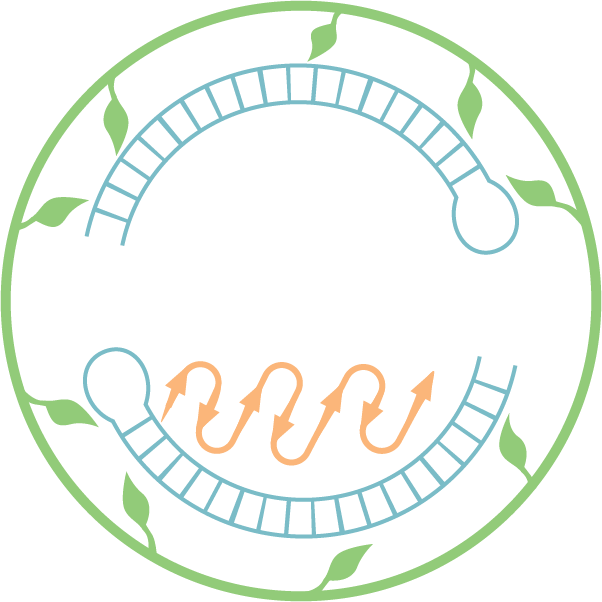Difference between revisions of "Team:Waterloo"
(Structure changes to header) |
m |
||
| Line 40: | Line 40: | ||
<div class="container"> | <div class="container"> | ||
<div class="row"> | <div class="row"> | ||
| − | <div class="small-cover" id="desc"><a href="/Team:Waterloo/Description">Description</a></div> | + | <div class="small-cover col-sm-6" id="desc"><a href="/Team:Waterloo/Description">Description</a></div> |
| − | <div class="small-cover" id="medal"><a href="/Team:Waterloo/Requirements">Medal Requirements</a></div> | + | <div class="small-cover col-sm-6" id="medal"><a href="/Team:Waterloo/Requirements">Medal Requirements</a></div> |
| − | <div class="small-cover" id="team"><a href="/Team:Waterloo/Team">Team</a></div> | + | <div class="small-cover col-sm-4" id="team"><a href="/Team:Waterloo/Team">Team</a></div> |
| − | <div class="small-cover" id="att"><a href="/Team:Waterloo/Attributions">Attributions</a></div> | + | <div class="small-cover col-sm-4" id="att"><a href="/Team:Waterloo/Attributions">Attributions</a></div> |
| − | <div class="small-cover" id="collab"><a href="/Team:Waterloo/Collaborations">Collaborations</a></div> | + | <div class="small-cover col-sm-4" id="collab"><a href="/Team:Waterloo/Collaborations">Collaborations</a></div> |
</div> | </div> | ||
</div> | </div> | ||
Revision as of 22:40, 15 September 2015

Swappable sgRNA Targets
Engineered PAM Flexibility
Antiviral Protection for Plants
Re-engineering CRISPR-Cas9 with functional applications in eukaryotic systems
CRISPR-Cas9 is an exciting tool for synthetic biologists because it can target and edit genomes with unprecedented specificity. Our team is attempting to re-engineer CRISPR to make it more flexible and easier to use.
We’re making it easy to test different sgRNA designs: restriction sites added to the sgRNA backbone allow 20 nucleotide target sequences to be swapped without excessive cloning.
Additionally, we’re applying recent research on viable mutations within Cas9’s PAM-interacting domain to design (d)Cas9 variants that bind to novel PAM sites, moving towards the goal of a suite of variants that can bind any desired sequence. We believe our re-engineered CRISPR-Cas9 will give biologists increased ability to optimize targeting in many applications.
The application we chose to explore is a proof-of-concept antiviral system defending the model plant Arabidopsis thaliana against Cauliflower Mosaic Virus, which would benefit from testing a large number of possible sgRNAs in the viral genome.